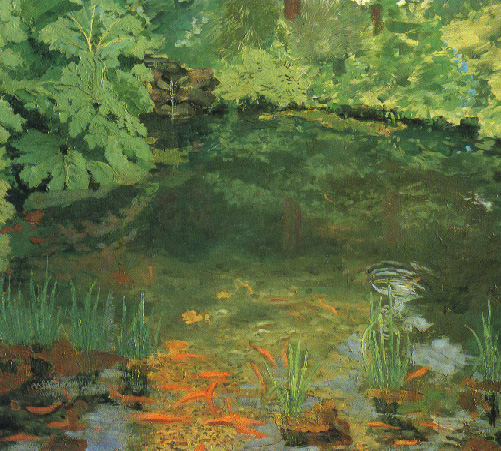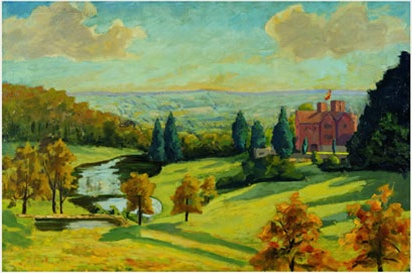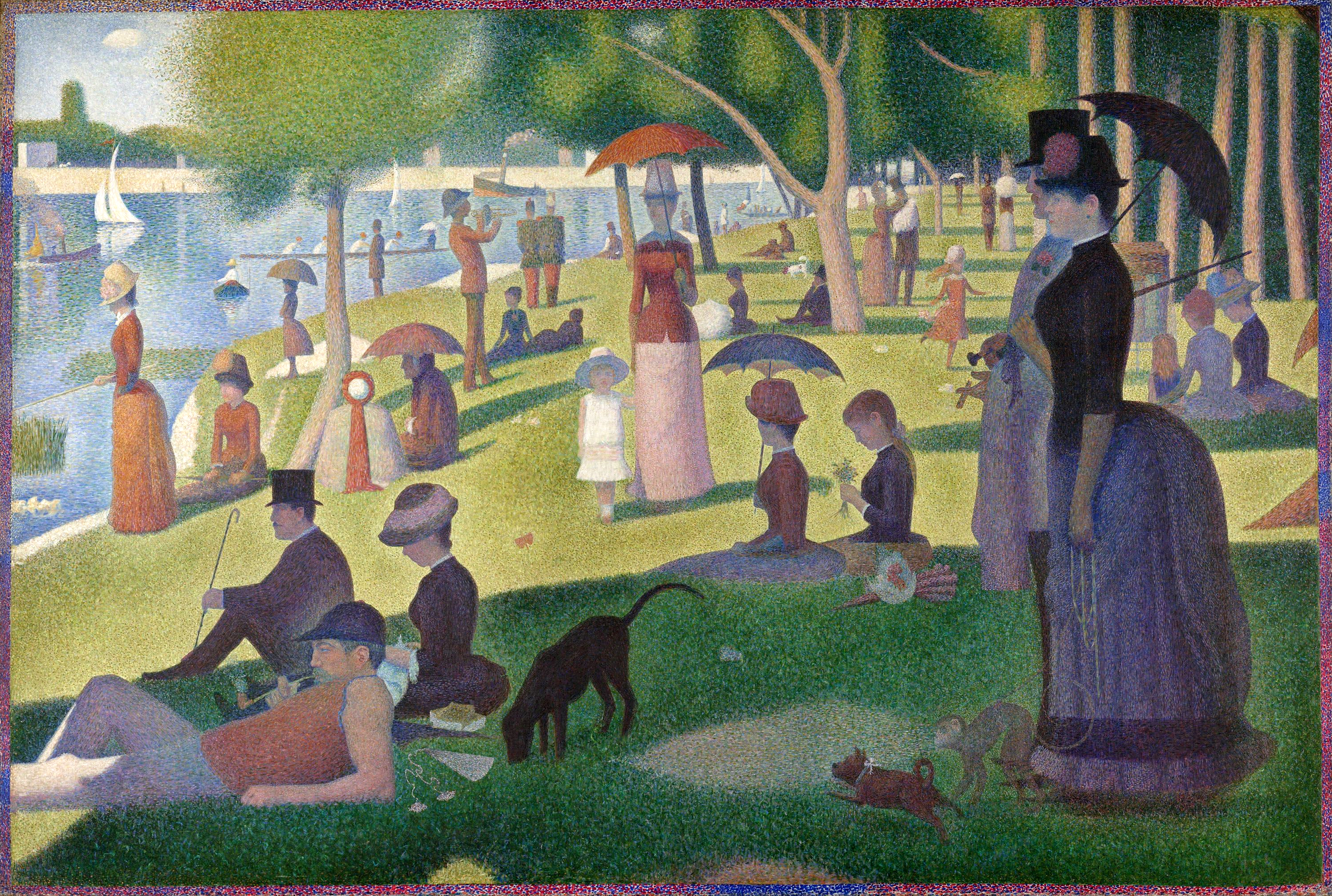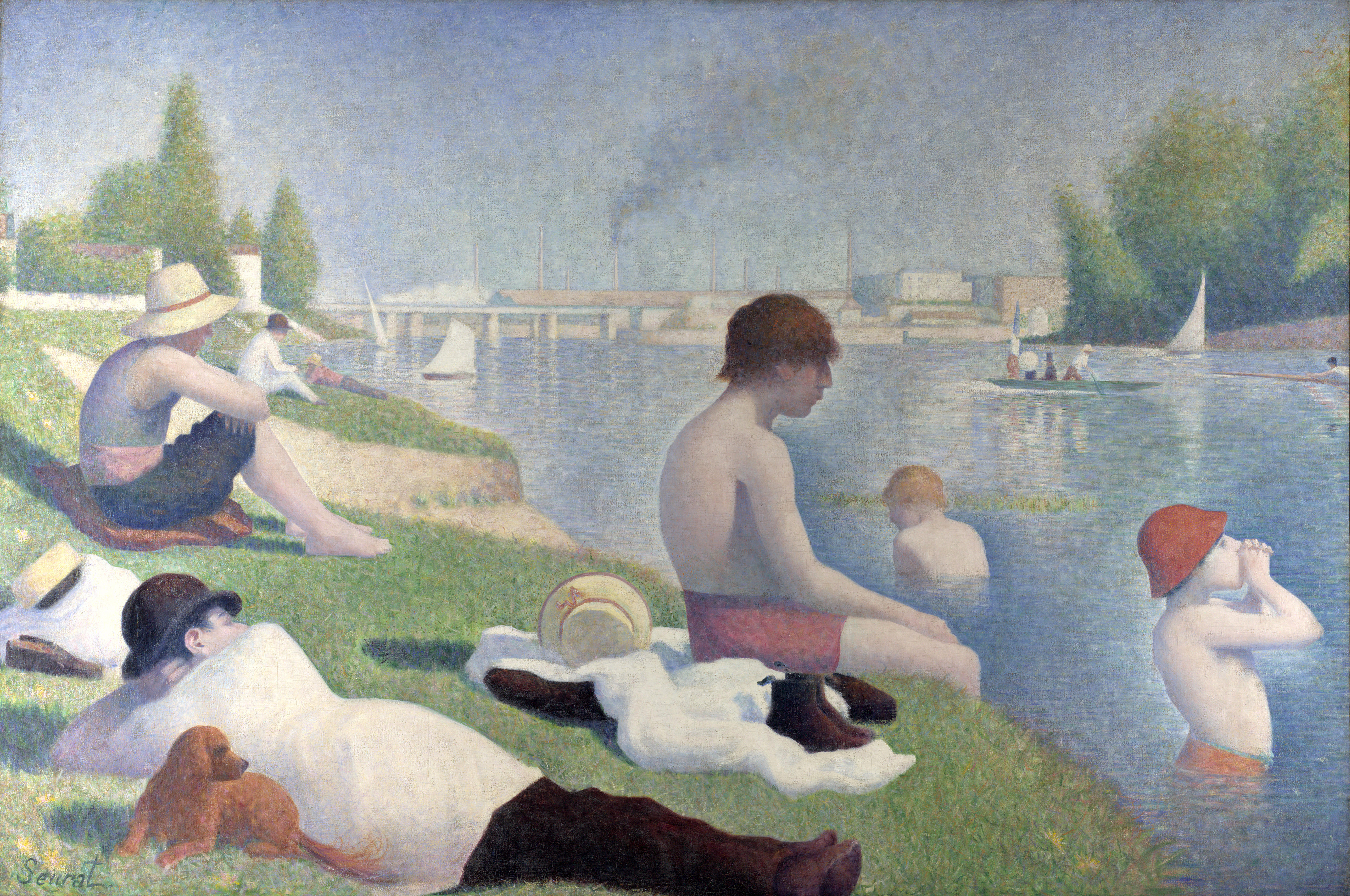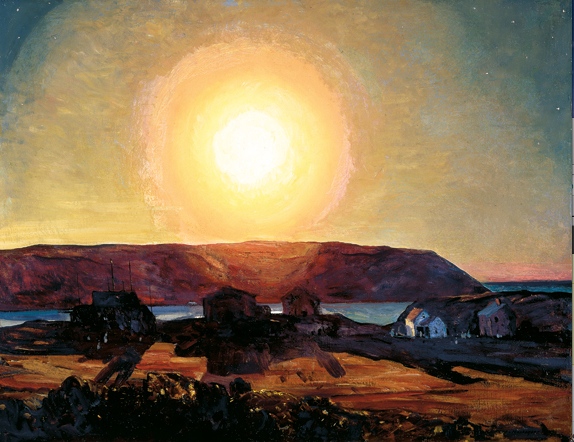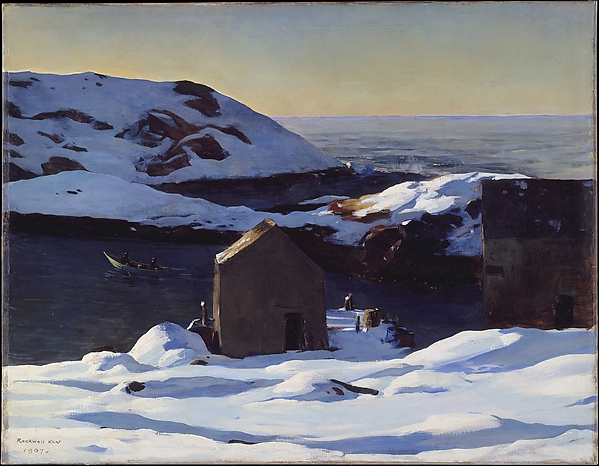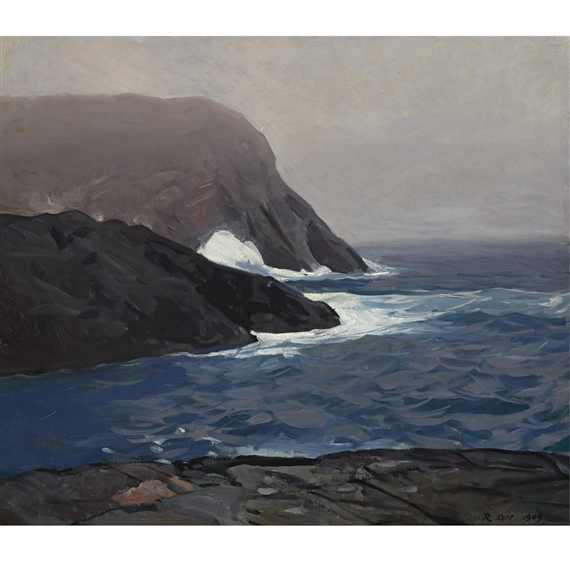 |
| Pamela’s lovely painting of Camden harbor. Yes, the sheds across the harbor are completely cockamamie. |
Nobody goes to a painting workshop expecting to do brilliant work, but my students have been painting at a high level. But into each life come a few tough painting days, and today was one of them.
 |
| Pamela’s sketch for the above. Her first try on canvas lost this lovely composition. |
Camden is a busy harbor and one never knows where and when the boats will be moving. A commercial fishing dock, a fleet of wooden schooners, a mix of pleasure boats, and international luxury yachts all vie for space. It’s no surprise that painters find it a reach, but a reach is always better than the same old same-old.
 |
| So we used her viewfinder to grid the drawing and she was able to accurately move it to canvas. |
I prefer to paint from floating piers, but that isn’t possible at Camden (or most other working harbors). Viewed from the landing, the curves of the hulls are constantly changing as the tide comes in and out. (They start out being devilishly difficult anyway, so it hardly seems fair.)
 |
| Sue painted half this dinghy before the owner moved it on her. A cell phone camera and a matching dock made for a nice save. |
Each of my students came up against a difficult problem today. Pamela’s was the easiest to solve. She did a terrific drawing. In moving it to her canvas, she unconsciously changed the crop. It was a simple matter to wipe out that first draft, and then I showed her an easy way to make sure her drawing stayed in scale.
 |
| Matt’s buoy was symmetrical, yes, but static, no. |
Matt’s was a problem of composition. He was drawn to the reflections under a buoy, but “knew” he shouldn’t center it on his canvas. However, the buoy itself is strongly symmetrical needed to be centered on the canvas. A few sketches later, it was apparent that the floating dock and background would give the composition energy.
Sue’s problem was more exasperating. To avoid the overwhelming clutter of the harbor, she concentrated on a single dinghy. Out of dozens there, what were the chances that someone would choose that one to take out? But choose it they did, after she was half finished. Her solution was to work partly from memory and partly from a photo on her cell phone along another patch of dock.
Nancy did a lovely sketch, transcribed it faithfully to her canvas, and blocked in her color successfully. Then she took a look at Pamela’s painting and pronounced her own effort “boring”. Hours later, she was still very unhappy. I liked her treatment of the boats; she emphatically didn’t. Perhaps restating the darks with heavier paint would help, I thought, but no.
 |
| Nancy’s lovely sketch. |
Half an hour later, she was ready to scrape it out. She walked down the landing to scope out a different painting. “Well,” I reasoned, “if she’s going to wipe it out anyways, I might as well see if I can rescue it before she comes back.”
 |
| But Nancy didn’t like where the painting went. She pronounced it boring. (I loved the little boat with the lateen sail. Very Van Gogh. But she didn’t agree with me.) |
Sometimes students resent their teachers painting on their canvases, but sometimes teachers paint on them because it’s the only way they can figure out what’s going wrong. The first thing I realized is that Nancy wasn’t using enough paint. I pushed some thicker paint against her boats, and immediately they were stronger and livelier—and I never changed a thing on them. (That lateen sail is my favorite part of her painting.)
 |
| Just a few things changed, and one can see the route to salvaging this painting. Still not perfect, but it is definitely doable. |
When Nancy did her sketch, I imagine she saw the foreground water as having form. That didn’t transfer to her painterly version. So I lengthened the reflections of the background buildings, and built in patterns of ripples. I tied the floating dock to the water by using the same highlight color (a diffuse blue-violet). Lastly, I pointed up the buildings a bit and simplified the treeline.
I still see a lot more that could be done, but it’s well on the way to being salvaged.
When it’s all going wrong:
- Step back and look at it from a distance;
- When you’re nervous, you’re probably not using enough paint. That results in an anemic painting;
- Restate your darks. It often happens that you hate your painting because you lost the overall value pattern that attracted you in the first place;
- Take a break. Have some coffee. Flirt with the lobstermen. You will usually come back to your work in a far better frame of mind.
Tomorrow: Monhegan! We’re finishing up the workshop session strong! August and September are sold out, but there are openings in October! Check here for more information.











